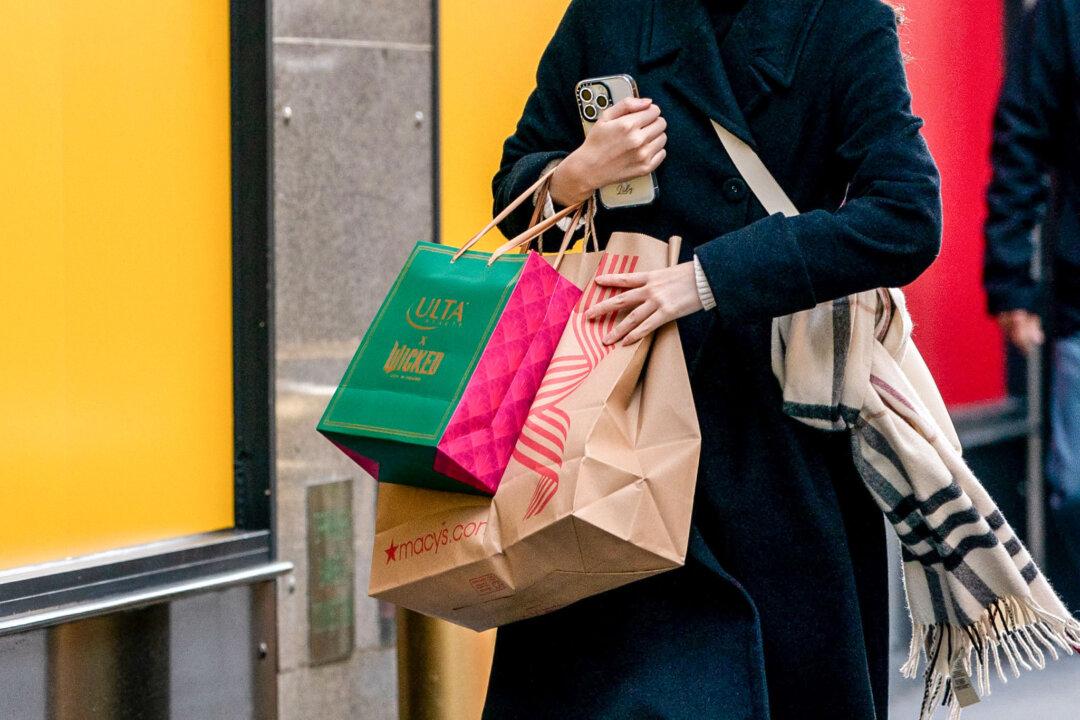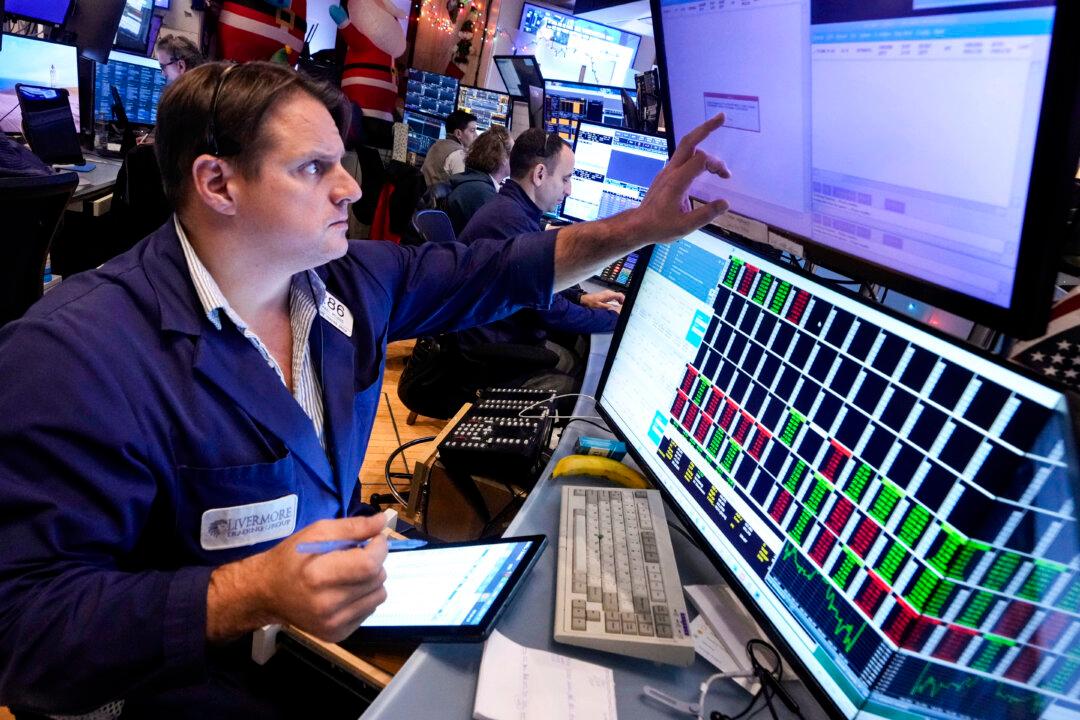BEA data showed that the jump in GDP was driven by gains in private inventory investment (1.46 percent), nonresidential fixed investment (0.7 percent), consumer spending (1.42 percent), and federal, state, and local government spending (0.64 percent). This helped offset the declines in residential fixed investment (negative 1.2 percent) and exports (negative 0.15 percent).
The real GDP growth rate, which assesses base-year prices, increased 2.1 percent, down from the 5.9 percent jump in the year-earlier period.
Additional figures highlighted that current-dollar personal income rose increased by 9.9 percent to $311 billion in the fourth quarter, led by higher compensation, government benefits, and personal interest income.

Real disposable personal income rose 3.3 percent, while the personal savings rate increased to 2.9 percent.
The GDP price index eased to a higher-than-expected pace of 3.5 percent, from 4.4 percent in the third quarter. GDP sales rose 1.4 percent, slowing from 4.5 percent in the previous quarter.
On the inflation front, the personal consumption expenditures (PCE) price index slowed 5.5 percent, down from 5.7 percent year over year. The core PCE price index, which excludes the volatile food and energy sectors, rose 4.7 percent, which was “the same as from the fourth quarter of 2020 to the fourth quarter of 2021,” the BEA noted.
What’s the Reaction?
The fourth-quarter GDP has diminished recession fears.According to Ryan Young, senior economist at the Competitive Enterprise Institute (CEI), there’s growing evidence that the Federal Reserve’s inflation-busting campaign “will not spark a recession.”
“What we’re seeing is the third act of the COVID economic story,” he said in a statement. “The economy was in mostly good shape going into COVID. Then Washington’s spending and monetary excesses raised inflation for a while. Now we’re coming out the other side. Because the economy was in good pre-COVID shape with no financial crises or housing bubbles, it makes sense that it is healing well from the COVID shock.”
But John Leer, chief economist at decision intelligence company Morning Consult, suggests that consumer demand is maintaining its downward trajectory and business investment is likely to slow in the coming quarters, “increasing the probability of a recession has increased this year.”
The overall recession risk “continues to be elevated and many classic warning signs remain on the checklist,” says Nick Reece, a portfolio manager at Merk Investments. But the other scenario is “a rolling slowdown.”
“One hypothesis to consider: we may be in a rolling slowdown where categories of macroeconomic activity (income, spending, production, and employment) go through mild, temporary contractions, but with an asynchronous cadence that lacks the self-reinforcing depth, diffusion, and duration of a true recession,” he said.
“However, this downturn will be relatively mild and brief, and growth should rebound in 2024 as inflation ebbs further and the Fed begins to loosen monetary policy,” The Conference Board said in a report.
The financial markets had little reaction to the latest GDP figures. The Dow Jones Industrial Average, for example, seesawed between positive and negative territory. The S&P 500 Index and the Nasdaq Composite Index were relatively flat.
The U.S. Treasury market was mostly positive on the day, with the benchmark 10-year yield up about 4 basis points, to around 3.5 percent.
Flurry of Data
In other economic data on Jan. 26, the Census Bureau reported that durable goods orders increased 5.6 percent in December 2022, up from the 1.7 percent decline in November 2022. The print also topped market estimates of 2.5 percent.On Jan. 27, personal income and spending data for December 2022 will be released. The University of Michigan’s final Consumer Sentiment Index reading for January will also be published.





